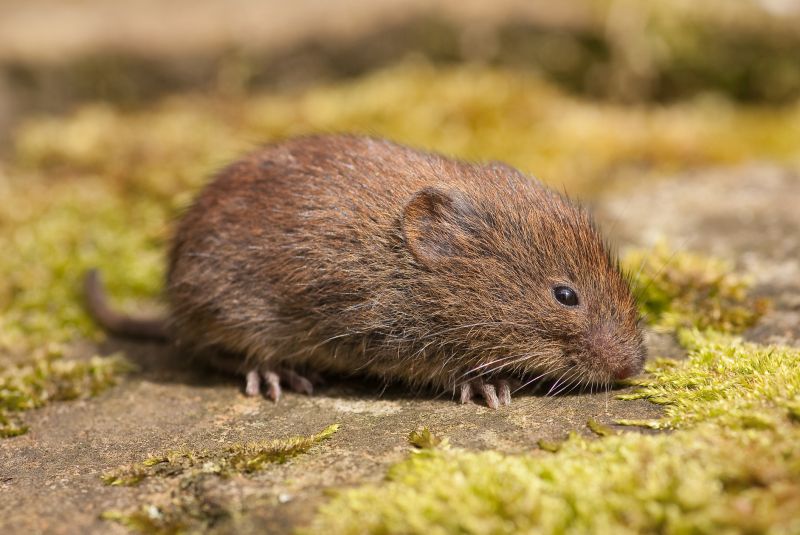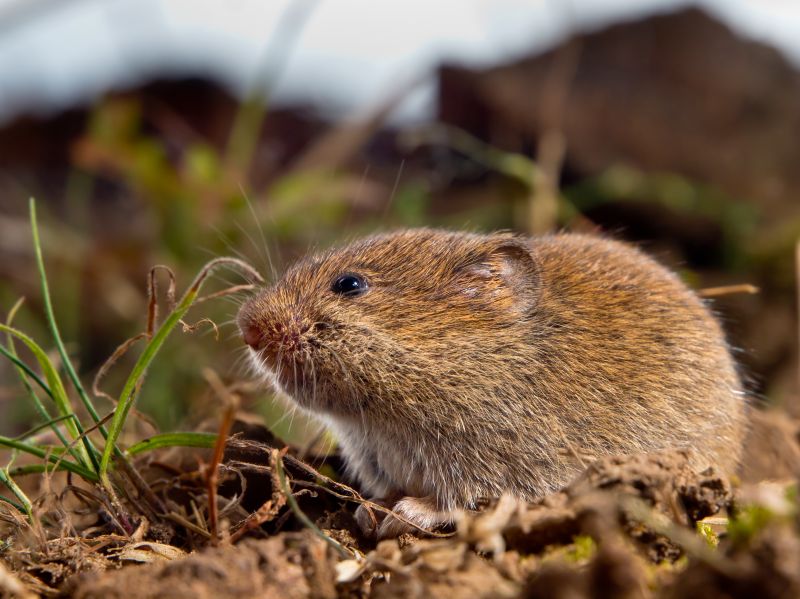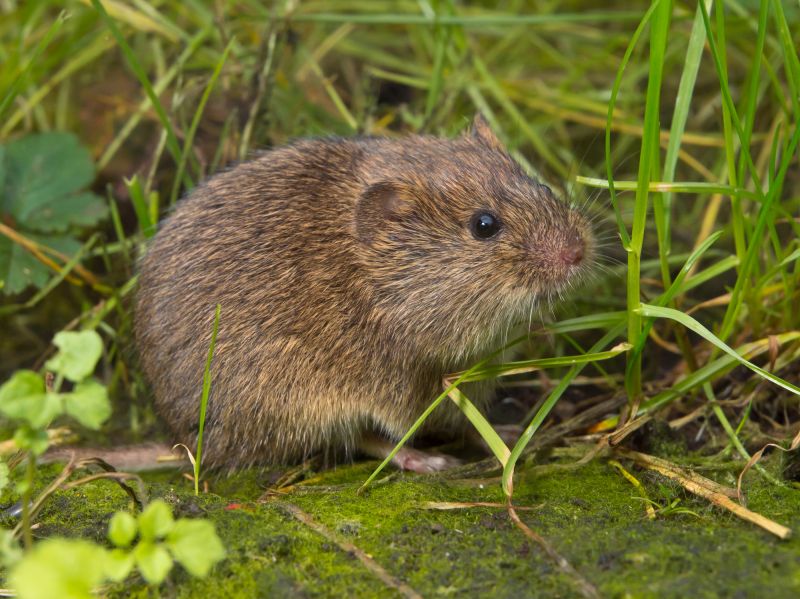Vole Control Costs and Budget Insights

The size and severity of vole activity influence treatment complexity and cost.

Options range from trapping to chemical barriers, affecting overall expenses.

Larger properties typically require more resources, increasing costs.
| Factor | Impact on Cost |
|---|---|
| Infestation Size | Larger infestations require more extensive treatment, increasing costs. |
| Treatment Method | Chemical treatments tend to be more expensive than trapping. |
| Property Area | More area to cover results in higher labor and material costs. |
| Access Difficulty | Hard-to-reach areas may require specialized equipment, raising expenses. |
| Frequency of Treatments | Recurring treatments add to the overall cost. |
| Type of Voles | Different vole species may require specific control methods, affecting price. |
| Seasonality | Certain seasons may demand more intensive efforts, influencing cost. |
| Professional vs DIY | Hiring professionals increases costs but ensures effectiveness. |
Effective vole management involves targeted strategies that address the specific conditions of each property. While initial costs may seem significant, proper control measures can prevent extensive damage and reduce long-term expenses. Consulting with experienced professionals can provide clarity on expected costs and appropriate treatment options.

Installation of bait stations is a common method, with costs varying based on the number needed.

Traps range in price, influencing the overall expense for small or large infestations.

Barrier treatments involve material costs and labor, depending on property size.
| Related Service | Average Price Range |
|---|---|
| Vole Exclusion Barriers | $500 - $2,500 |
| Trapping and Removal | $150 - $600 |
| Chemical Treatments | $200 - $1,200 |
| Property Inspection | $50 - $150 |
| Ongoing Monitoring | $100 - $300 |
| Habitat Modification | $300 - $1,000 |
| Repellents Application | $75 - $250 |
| Integrated Pest Management Plans | $400 - $1,500 |
